1. Hauling Water from the Well
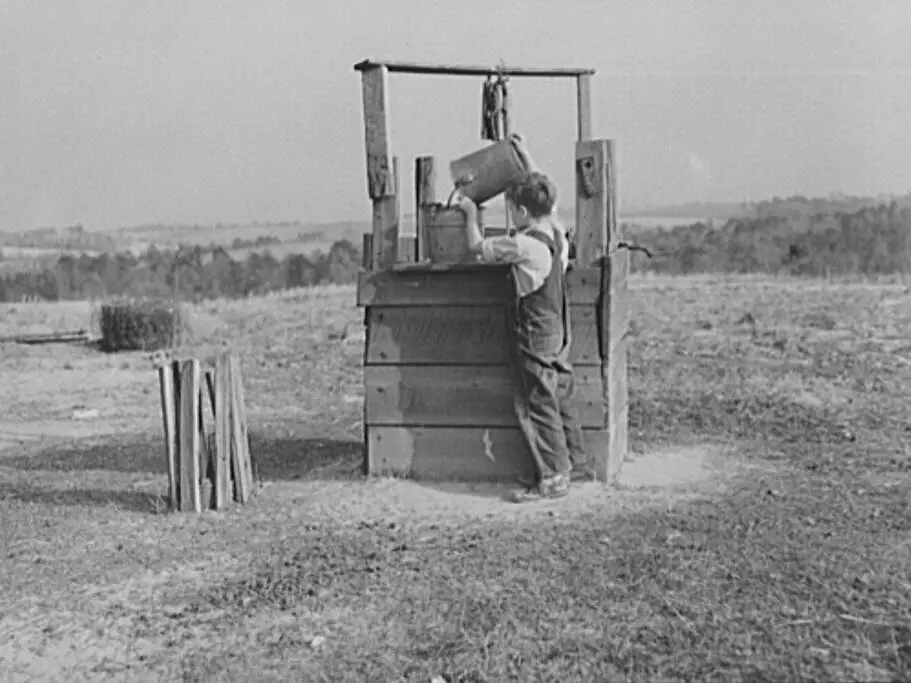
Before faucets made life easier, kids had to haul water from a well or pump, sometimes multiple times a day. This wasn’t just a quick trip—water is heavy, and carrying full buckets without spilling was a skill in itself. If you had siblings, you might’ve taken turns or teamed up, but it was still exhausting. The worst part was winter, when the water was ice-cold, and you had to break through a frozen layer just to get to it. There was no skipping this chore either—without water, no one could cook, clean, or bathe says Care.com.
It was a true test of responsibility because everyone depended on you. Kids quickly learned that if they didn’t do their part, the whole family suffered. And if you spilled too much on the way back? Well, that just meant another trip to the well adds Nujournal.
2. Beating Rugs
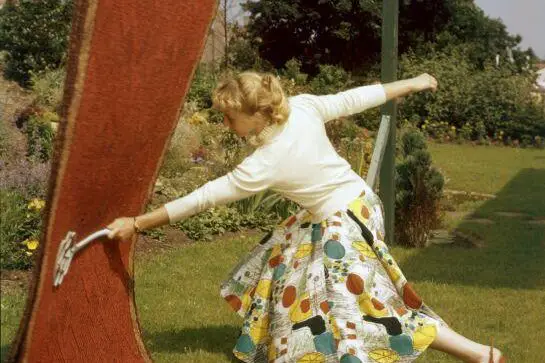
Before vacuum cleaners, rugs had to be taken outside and beaten with a special tool to shake out the dirt. This wasn’t a gentle job—kids had to swing hard to dislodge all the dust, which often meant covering themselves in it. It was hot, sweaty work in the summer and freezing in the winter, but it had to be done. If you tried to cut corners, someone would always notice when dust clouds flew up as soon as they stepped inside says Business Insider.
It was a chore that built arm strength and patience, but more than anything, it taught kids not to make a mess in the first place. The less dirt they tracked inside, the less they had to clean up later. It also gave them an early lesson in how to care for a home—something that would come in handy when they had their own says Slate.
3. Washing Clothes by Hand
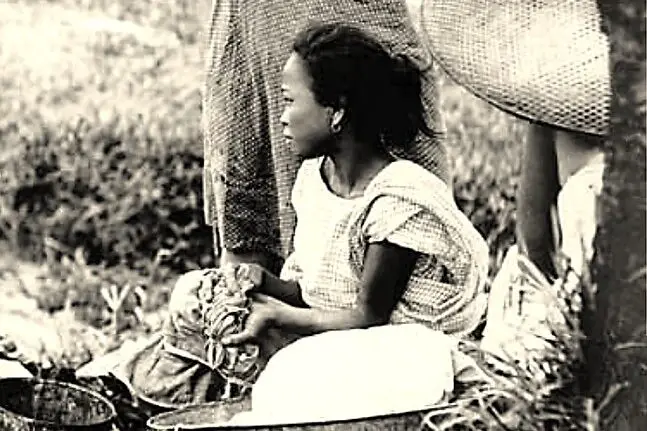
Before washing machines, doing the laundry meant scrubbing clothes on a washboard and wringing them out by hand. It was a backbreaking task, especially if you had a big family. Soap made everything slippery, your fingers got pruney, and in winter, icy water made the whole process even more miserable. Then came the rinsing and wringing, which took serious arm strength to squeeze out as much water as possible.
It was a long, tiring process, but it taught kids to appreciate clean clothes. There was no tossing something in the hamper just because you wore it for an hour. Every stain meant extra scrubbing, so kids quickly learned to be careful with what they wore.
4. Mending Clothes

Clothes weren’t disposable like they are today, so if something tore, kids were expected to sew it up. This meant threading tiny needles, stitching carefully, and hoping it wouldn’t unravel after one wear. It required patience and steady hands, especially when dealing with stubborn fabrics like denim. There was also a sense of pride in being able to fix something yourself instead of relying on someone else.
More importantly, it taught kids to take care of their belongings. If you ripped a knee in your pants from roughhousing, you knew you’d be the one fixing it. And if you did a sloppy job? Well, you’d either have to redo it or walk around with an embarrassing patch job.
5. Collecting Eggs from the Chicken Coop
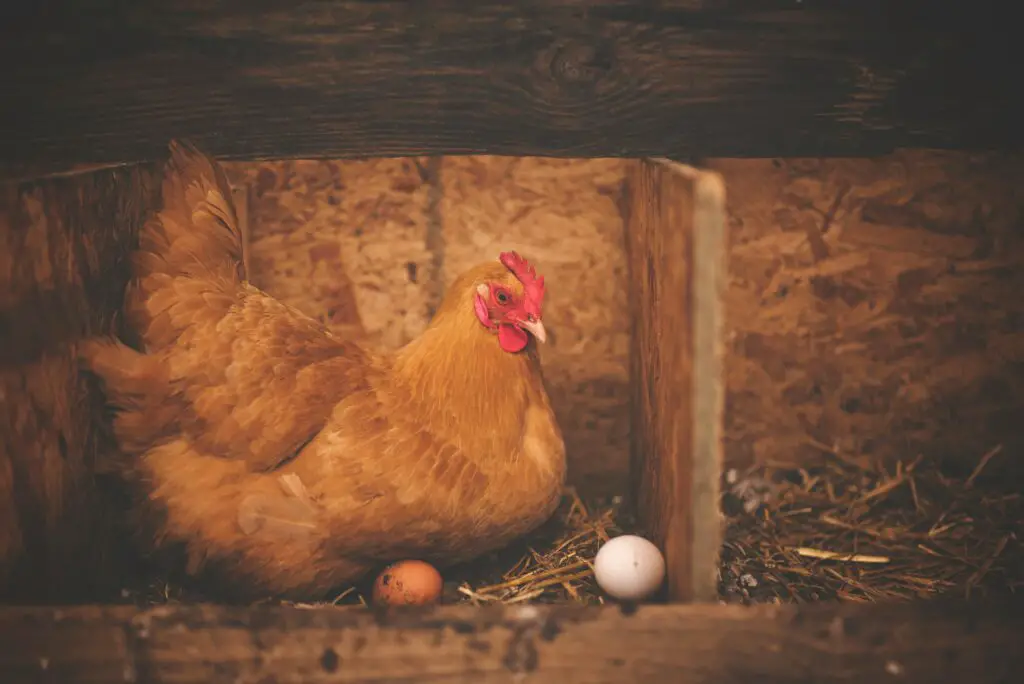
This sounds like an easy task, but any farm kid knows it was trickier than it seemed. Hens could be aggressive, especially if they didn’t want you near their eggs. Getting pecked was common, and sometimes kids had to reach under a feisty bird just to grab breakfast. Then came the careful walk back to the house, making sure not to drop a single egg.
This chore taught patience, gentleness, and the importance of steady hands. A cracked egg was a wasted egg, and wasting food wasn’t an option. Plus, if you broke too many, you’d probably have to explain yourself to an unhappy parent.
6. Chopping Firewood
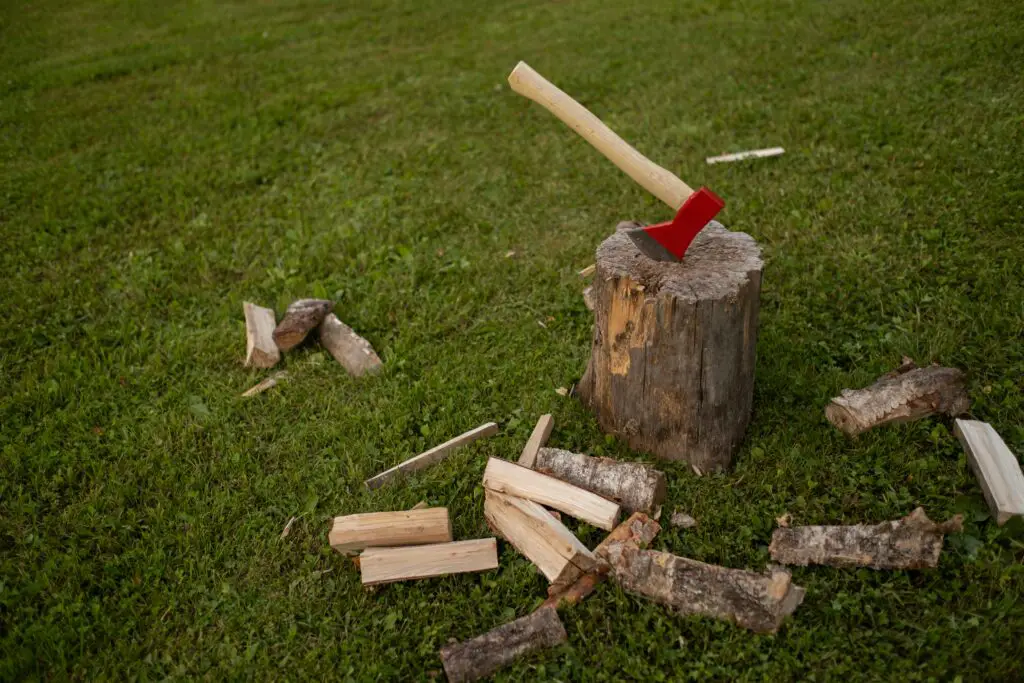
Splitting logs with an axe was no joke, and it wasn’t something kids could take lightly. It took real skill to aim correctly, and if you didn’t, you’d end up with a dull thud instead of a clean split. Firewood was essential for heating homes and cooking, so slacking off wasn’t an option. If you didn’t chop enough, the house would be freezing by nightfall.
It was exhausting work, but it built endurance and responsibility. Kids who did this chore learned firsthand how much effort went into keeping a home warm. And after a long day of chopping, they certainly didn’t take that heat for granted.
7. Carrying Coal
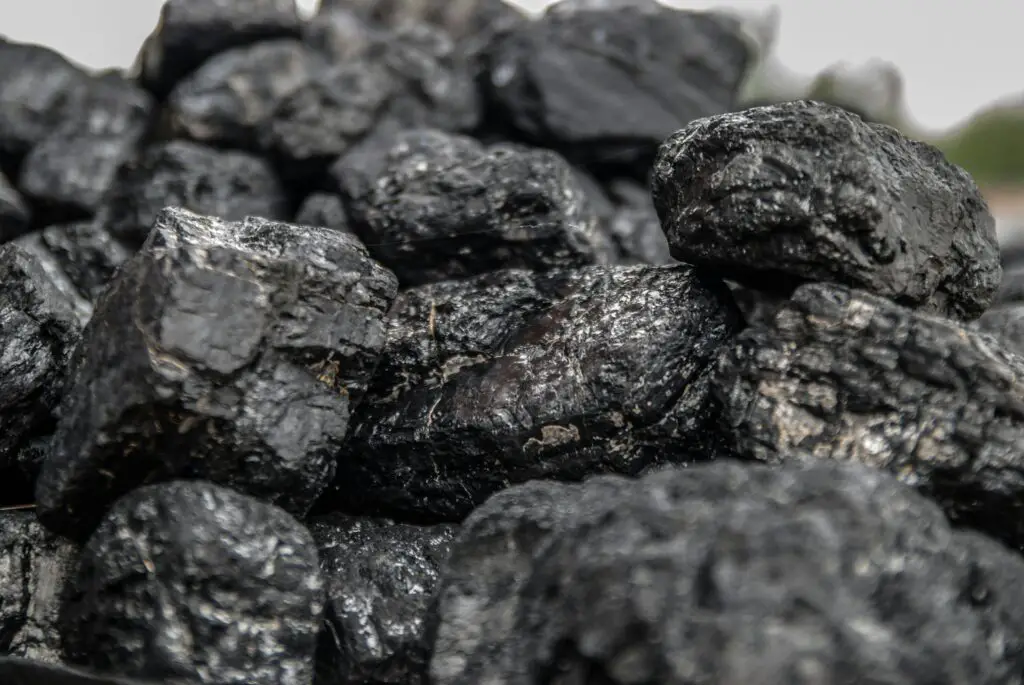
For families who relied on coal for heat, kids often had to carry heavy buckets of it inside. Coal dust got everywhere, clinging to clothes, faces, and hands. The buckets were heavy, and one wrong move could mean a mess to clean up later. There was also the ever-present risk of tracking coal dust inside, which would lead to another lecture and even more cleaning.
This chore wasn’t just about strength—it taught kids to be careful and mindful of their actions. If they rushed or got sloppy, they’d create more work for themselves. And since warmth depended on those buckets being refilled, there was no getting out of it.
8. Milking Cows

Milking a cow wasn’t as easy as it looked. You had to get up early, position the bucket just right, and use the right technique to get a steady stream. If the cow wasn’t in the mood, you might get a swat from its tail or even a well-placed kick. There was no skipping this chore—if the cows weren’t milked, there was no milk for the household.
It taught discipline and perseverance because animals don’t wait for you to wake up at a convenient time. It also taught kids to respect animals and work with them, not against them. And after all that effort, a glass of fresh milk felt like a well-earned reward.
9. Ironing Clothes with a Heavy Iron
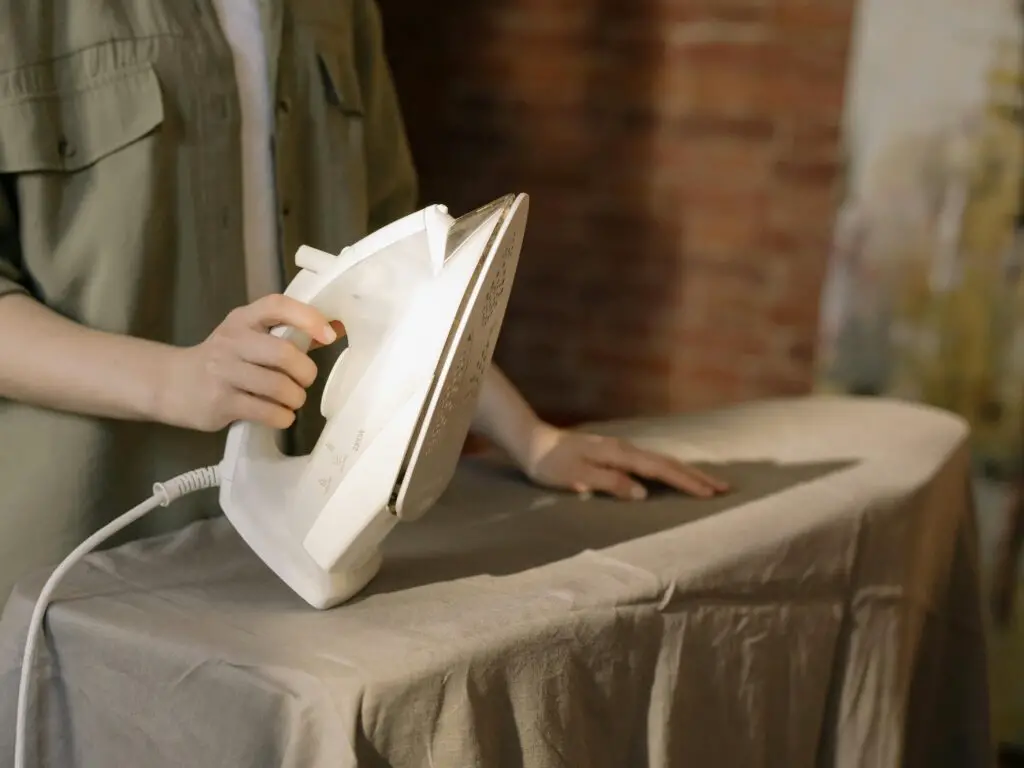
Before electric irons, people used heavy cast-iron versions that had to be heated on a stove. These were tricky to use—you had to get the temperature just right, or you’d scorch the fabric. It required patience and precision, and there was always a risk of burning yourself. If you weren’t careful, you could leave a permanent mark on a favorite shirt or dress.
Kids who did this chore learned the value of taking their time and doing things properly. There were no shortcuts—if you rushed, you’d mess up. Plus, there was something satisfying about seeing wrinkled clothes turn crisp and neat under your hard work.
10. Tending the Garden
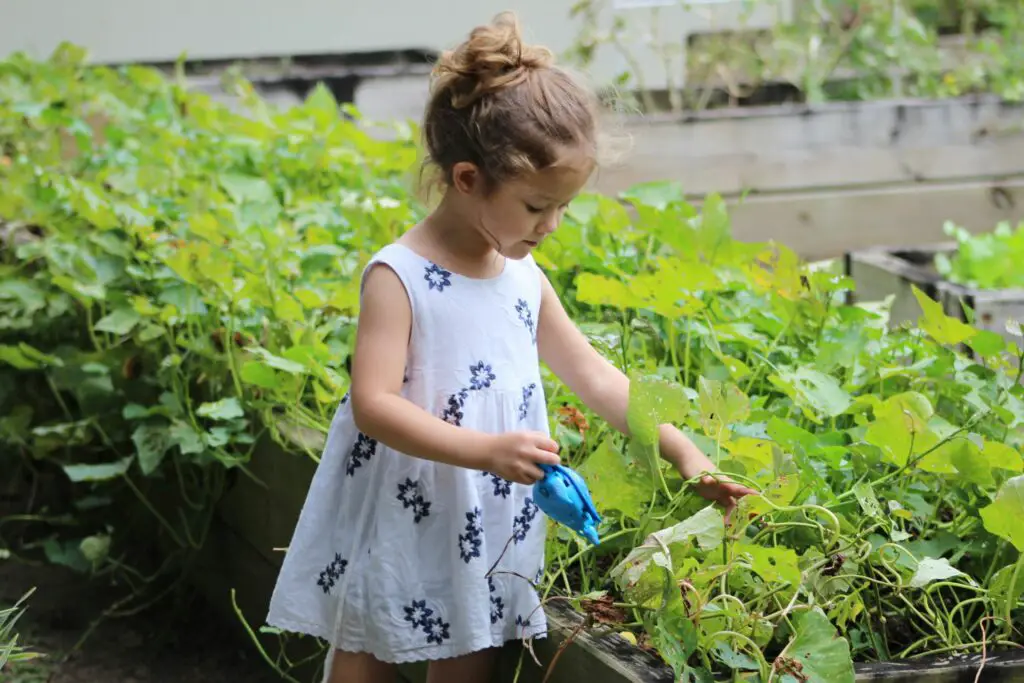
Growing food wasn’t just about planting seeds and waiting. It meant weeding, watering, and protecting plants from bugs and animals. It took weeks of effort before you could enjoy the fruits (or vegetables) of your labor. On hot days, the last thing kids wanted to do was pull weeds, but if they didn’t, their family might have less to eat.
It taught patience because results weren’t immediate. It also taught responsibility—if you neglected your plants, they died, and all your hard work was wasted. And nothing made vegetables taste better than knowing you worked hard to grow them yourself.
11. Whitewashing Fences
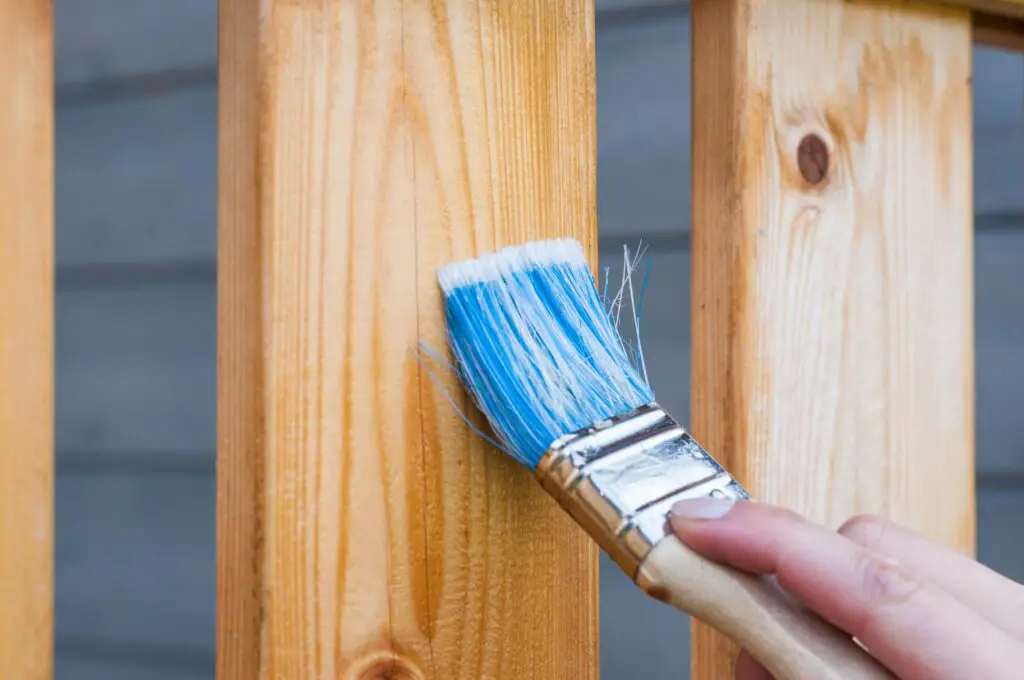
Painting a fence might sound fun, but whitewashing was a repetitive, time-consuming task. The paint had to be applied evenly, which meant slow, careful strokes—no quick slapping it on and running off to play. If you missed a spot or left drips, you’d have to go back and fix it. The worst part? The sun beating down on you while you worked, turning it into a sweaty, never-ending chore.
It taught kids attention to detail and persistence. They quickly learned that rushing only led to more work later. And once the job was done, there was a sense of pride in looking at a freshly painted fence and knowing they were responsible for making it look good.
12. Cleaning the Outhouse
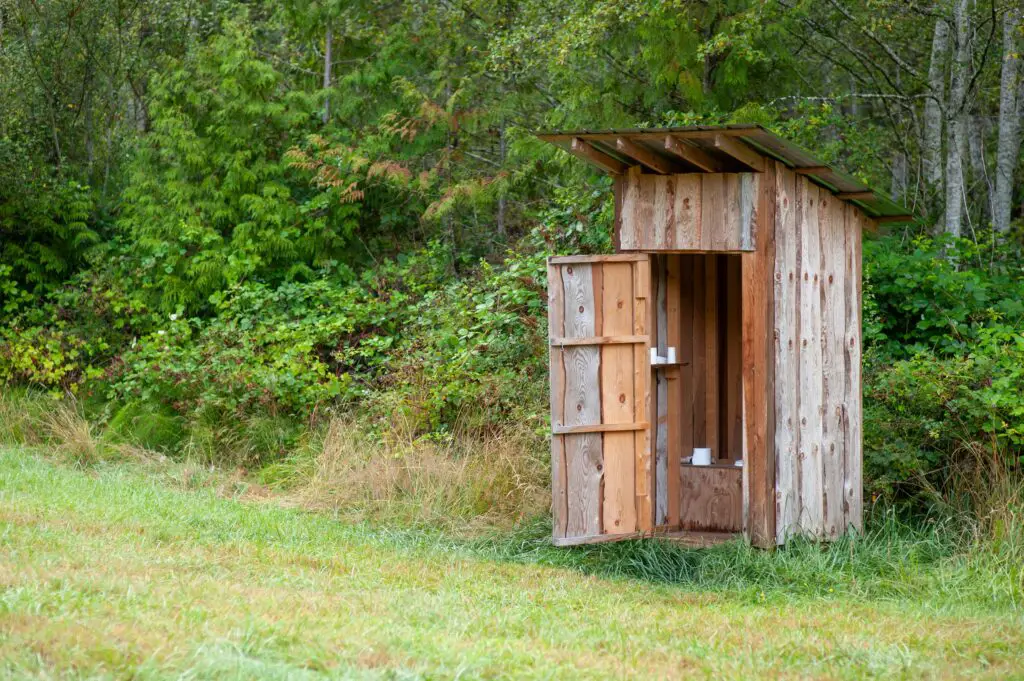
Few chores were worse than cleaning the outhouse. It was smelly, unpleasant, and not something any kid looked forward to. But someone had to do it, or else it would become unbearable for the whole family. There was no avoiding the flies, the heat in summer, or the freezing cold in winter. And if you didn’t do a good job? You’d probably be the one using the messiest seat next time.
It was a harsh lesson in doing necessary work, no matter how unpleasant. Kids learned that maintaining a home wasn’t always glamorous. It also made them appreciate modern indoor plumbing once it finally arrived!
13. Scrubbing Floors on Hands and Knees
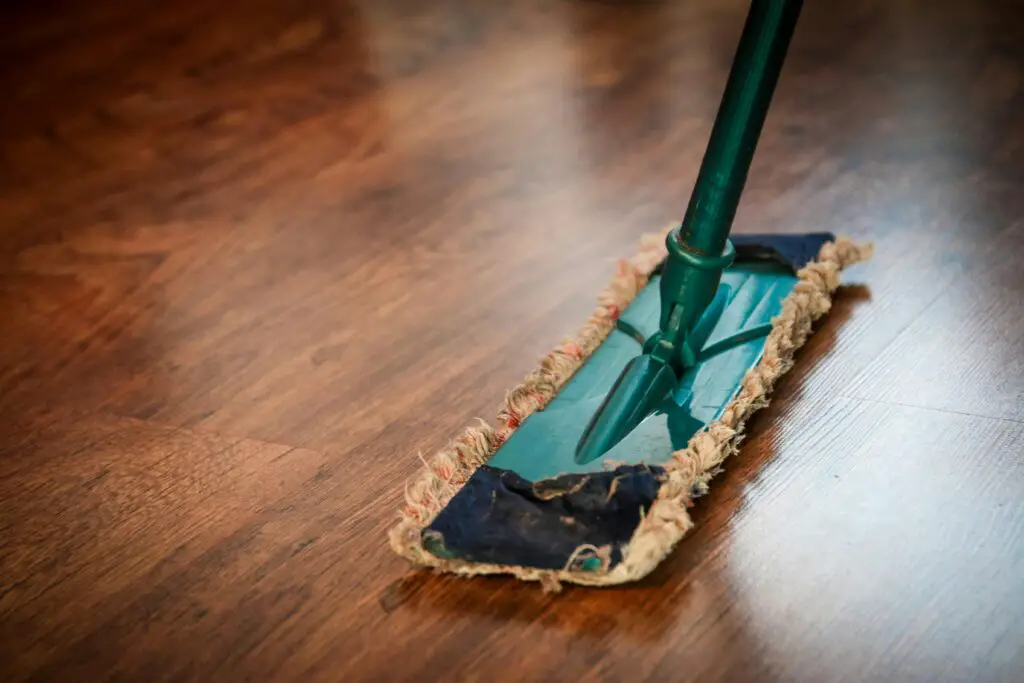
Before mops made things easier, kids had to scrub floors on their hands and knees with a bucket and brush. This meant dealing with sore arms, aching knees, and the constant frustration of dirt never seeming to stay away. It was especially tough in kitchens, where grease and spills made the job even harder. And if you thought about cutting corners, a quick inspection from mom would send you right back to redo it.
This chore taught kids the value of elbow grease and perseverance. It wasn’t fun, but it had to be done. And after hours of scrubbing, walking across a spotless floor felt like an achievement.
14. Herding Livestock
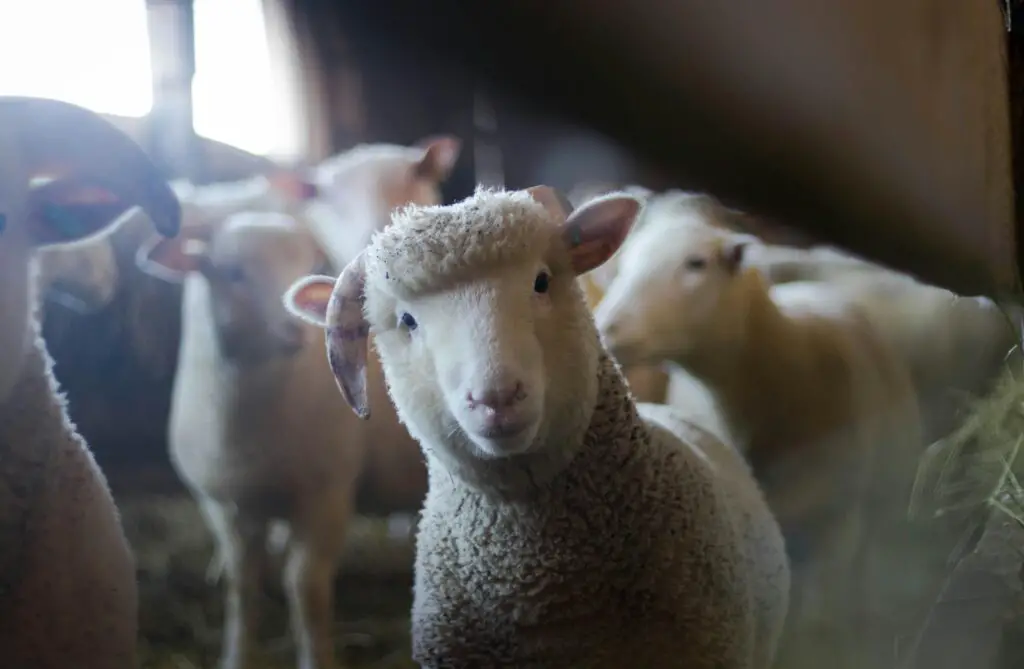
Keeping animals in line wasn’t just a matter of standing around and watching. Whether it was cattle, sheep, or goats, herding meant being alert, moving fast, and sometimes dealing with stubborn animals that refused to cooperate. You had to know when to be firm and when to let the animals settle on their own. If one got loose, it was your job to track it down and bring it back.
It was a tough chore that taught patience, problem-solving, and responsibility. Animals didn’t care if you were tired or wanted to do something else—they needed to be looked after no matter what. And nothing built confidence like successfully guiding a herd exactly where it needed to go.
